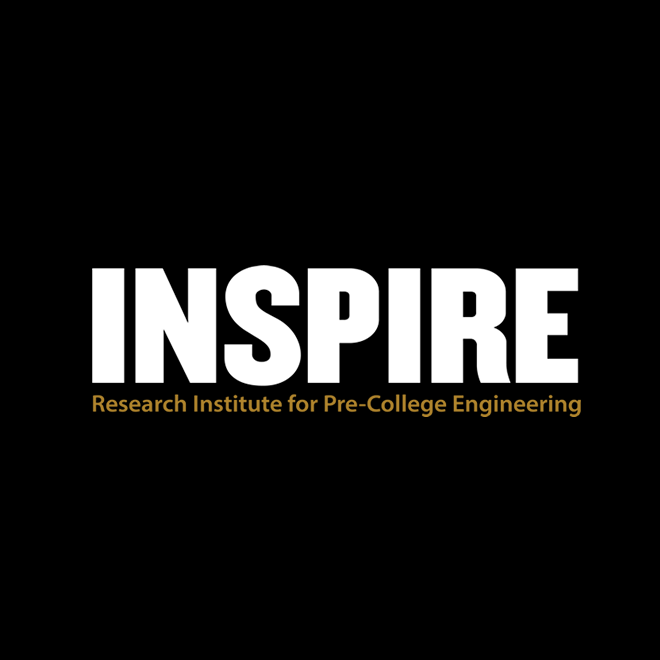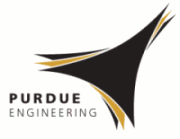Abstract
‘‘Making’’ represents an increasingly popular label for describing a form of engineering design. While making is growing in popularity, there are still open questions about the strategies that students are using in these activities. Assessing and improving learning in making/ engineering design contexts require that we have a better understanding of where students’ ideas are coming from and a better way to characterize student progress in open-ended learning environments. In this article, we use a qualitative analysis of students’ responses (N = 13) in order to identify the origins of their ideas. Four strategies emerged from this analysis: unexplained reasoning; materials-based reasoning; example-based reasoning; and principle-based reasoning. We examine key characteristics of each strategy and how each strategy relates to learning and expertise through in-depth case studies. Furthermore, we identify how these four strategies are a complement to prior work on analogical problem solving and creativity, and offer a number of unique contributions that are particularly relevant for engineering education. Finally, we include two coding schemes that can be used to classify students’ responses. Studying reasoning strategies in this way is a fruitful means for characterizing student learning in complex learning environments. Moreover, understanding reasoning strategies impacts the nature of student–teacher discussions and informs how to help students progress most effectively.
Recommended Citation
Worsley, M.,
&
Blikstein, P.
(2017).
Reasoning Strategies in the Context of Engineering Design with Everyday Materials.
Journal of Pre-College Engineering Education Research (J-PEER), 6(2), Article 4.
https://doi.org/10.7771/2157-9288.1126


